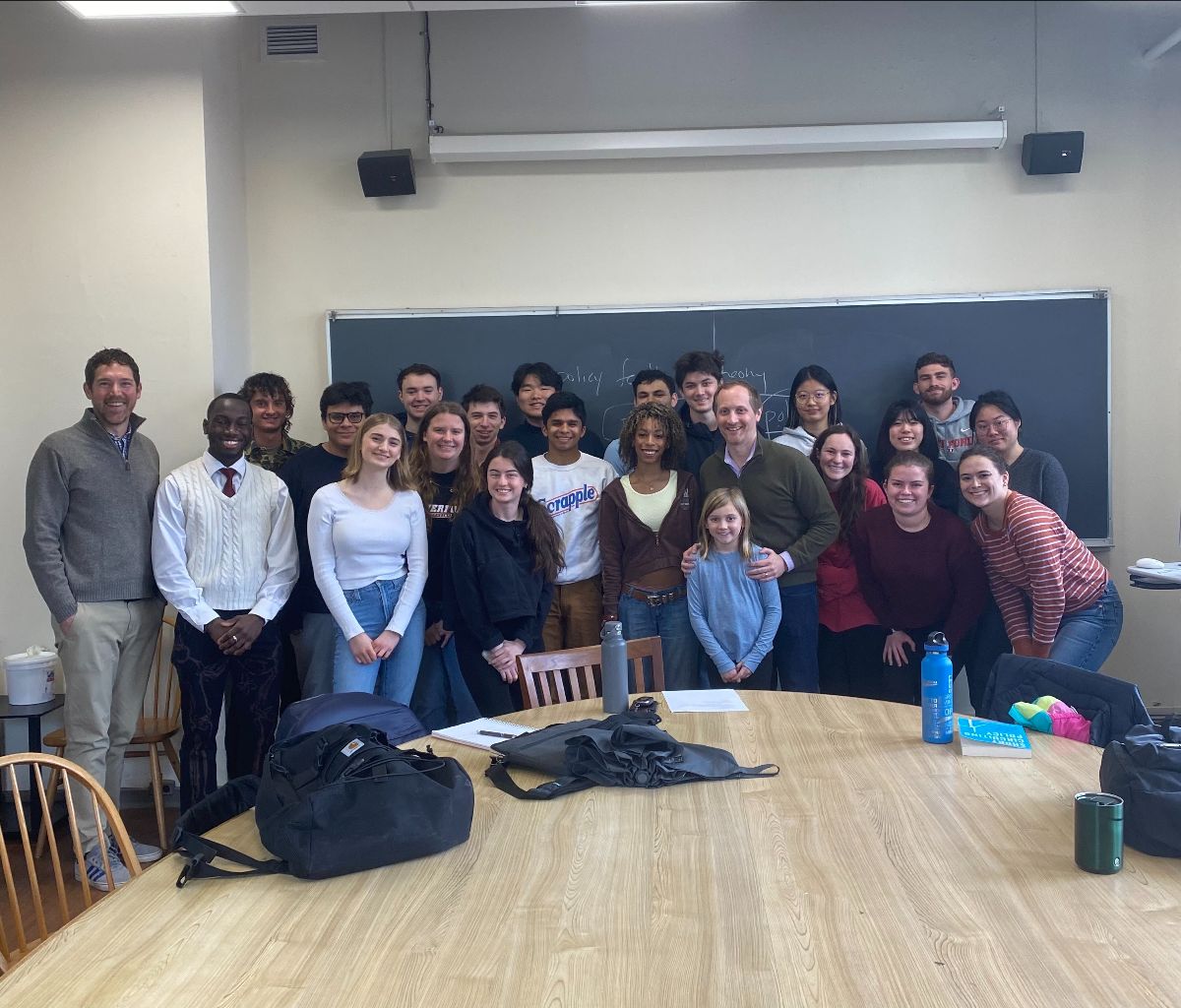The Ad Hoc Gist: EV Charger #Fail
It’s been quite a month. Silicon Valley Bank’s unexpected meltdown triggered a communal near-death experience for many climate tech startups who, in a matter of hours, went from having millions in the bank to struggling to make payroll. I spoke to the Washington Post on what SVB means for climate tech now and in the longer run.
The Gist marches on. This month we focus on EV charger reliability or lack thereof, and the need to improve “uptime” (i.e., the percentage of time that a charger is actually working) if the masses are ever going to trade in their gas guzzlers for electron eaters.
We continue to expand our ranks at AHG. We welcomed new advisor Jay Griffin, former Chair of the Hawaii Public Service Commission.
If you miss us in between Gist editions, you can follow us on Twitter at @adhocgroupinc or on LinkedIn.
Enjoying the Gist? Forward to those who should subscribe.
Jim
EV Charger #Fail
Ever take your electric vehicle for a drive and follow the app to a charging station only to find that it was broken? You may have shrugged it off as the cost of saving the planet. But your average car buyer won’t be so forgiving.
EV charger reliability is a real and growing problem.
A recent study found that about a third of San Francisco’s EV public chargers didn’t work. J.D. Powers found EV owners are unhappy with charging. One out of five respondents couldn’t charge due to broken chargers. On Twitter, @rateyourcharge, EV owners share their mounting frustrations with broken or poorly functioning chargers.
If we’re going to get the masses to embrace an electric future, we’re going to need a bigger and more reliable network. There are currently 140,000 EV chargers in the US, but this number needs to quadruple by 2025 to meet projected demand and that’s assuming they work.
Charger uptime is a speed bump to EV adoption
So why do charging stations keep breaking down?
First, unlike at your local gas station, where you jam a dumb gas pump nozzle into a dumb gas tank, charging your electric vehicle is a high tech dance. It requires multiple kinds of software both in the car and in the charger to talk with each other harmoniously.
Second, unless you’re lucky enough to stumble upon a free Volta charging station, you need to log into an app on your smartphone to access free electrons or pay for them. This means that the charger has to be properly connected to a wireless network operator that can talk with your phone.
Third, in most charging locations there is no attendant on site to ensure that some footloose teenager didn’t swing a baseball bat and bust the hardware for sport. And, yes, this happens.
Tesla drivers may be wondering what I’m talking about given their access to Tesla’s extremely reliable high speed charging network.
This gets to the 4th problem.
Much of the charging market suffers from a lack of agency. In short, no single entity is on the hook for the chargers to work reliably. Companies like ChargePoint, Shell Recharge, and Blink sell charging stations to building or parking lot owners, but don’t own and operate them.
The owners may have installed the charger as an amenity or thought that they’d make money off it except utilization was too low to earn them a return. So they either don’t know how to manage the chargers or stop caring.
Some argue we should let the market figure this out. Owners of broken chargers will rip them out. New entrants will only place chargers in locations where they can make money. Or, Tesla will become the ExxonMobil of charging, and we’ll all charge at their stations.
But in the meanwhile, we’ll lose valuable time to transition away from fossil-powered vehicles and may even stumble backwards.
If it’s broke, fix it
We have the tools to improve charger uptime.
Startups are already attacking the problem.
ChargerHelp! is building a network of real-time data on uptime and training local technicians to fix chargers that go down. Synop manages fleet EV charging and has tools to manage uptime. Stable Auto provides better data on where to site EV chargers, which makes them more profitable. Owners turning a profit are more likely to prioritize uptime.
Incumbents are also starting to step it up. EVgo announced their “ReNew” program in January focused on replacing broken chargers and improving maintenance.
263 hours a year is not good enough
Policymakers are beginning to nudge the market, but need to be more aggressive.
The federal government is investing $7.5 billion to build out 500,000 EV chargers around key transit corridors. But this network of fast chargers serves no one if they don’t work, so they’re requiring a 97% uptime for chargers funded by the National Electric Vehicle Infrastructure (NEVI) Formula Program.
Each state’s department of transportation (DOT) that applies for NEVI funds must ensure that the uptime requirement is met, but exactly how remains an open question. CA’s NEVI plan said it's “exploring the possibility” that funds will only be released after the chargers demonstrate their reliability. We need to move past exploration mode.
Also, before getting too excited, let’s do the math. A 97% uptime target is the equivalent of a charger being down 263 hours a year! So maybe a step in the right direction, but hardly what most customers would think of as “reliable.”
State governments can do better.
First, states have historically used public and ratepayer dollars to subsidize EV charging hardware. Some states, like Massachusetts, have begun providing additional incentives for network services. There’s no reason states couldn’t offer similar incentives to pay for some operations and maintenance costs.
Second, states need to get serious about uptime reporting, and some are. California passed a bill requiring state regulators to develop uptime reporting requirements. After all, a target with no measurement or enforcement is just a pinky promise.
Unless you’re rolling with a Tesla, the free market is currently failing EV drivers. Policy-makers should step in fast or risk their dreams of an electric future going the way of Silicon Valley Bank.
News from Our Network
From our clients:
David Roberts interviews Rondo Energy's CEO John O’Donnell on why electrifying industrial heat is a big deal. It’s a banner year for Rondo, which also announced the world’s highest temperature thermal energy storage.
The debate on natural gas vs induction continues to stay heated, and Impulse chats with Bloomberg and NPR on what the future holds for induction. Plus, why is your oven getting a battery in WaPo.
Forbes names AIDash and SPAN as some of America’s Best Startup Employers.
Pano CEO Sonia Kastner speaks to My Climate Journey on the emerging category of fire tech.
Congrats to Google Nest for receiving an ENERGY STAR award for excellence in product design. Notable for their work to bring smart thermostats to low income customers.
Copper Labs and NREL partnered to advance community energy resiliency.
Business Insider named SWTCH as one of the hottest property tech startups of 2023.
From friends and colleagues:
Rewiring America had a big get - hiring Stacey Abrams as new senior counsel.
Carbon Removal Canada launched, a non-profit focused on making Canada a leader in scaling carbon removal solutions.
Jobs in our network:
Send us your job openings in cleantech policy, startups, and utilities, and we'll put them in next month's Gist.
AiDash: Director - Sales
BoxPower: Director of Business Development
Greentown Labs: CEO
Granular: Business Developer North America
Gridware: Senior Data Scientist
Impulse: Senior Global Supply Chain Manager
Octopus Energy: DERMS Business Development Lead
Project Canary: Director of Customer Success - Regulatory
Stripe: Diligence Lead at Frontier
ChargerHelp!: Human Resources Director
Building Decarbonization Coalition: Business Development Manager
NASEO: Program Director, Energy Resilience and Security
ACEEE: Transportation Program Senior Research Analyst
Climate Solutions Foundation: Congressional Fellowships
Valo Ventures: Associate
Stable Auto: Account Executive
Motor: Director of Finance
Find us:
SF Climate Week (April 17-23rd)
Leni Hirsch will be out and about attending events.
Milan Design Week (April 17-23rd)
Sam Bauer will be speaking alongside AHG client Impulse

I had a blast guest lecturing on climate policy at the invitation of Professor Zach Oberfield at my alma mater, Haverford College, in March. My fellow guest lecturer was Sadie, my seven-year-old daughter!

